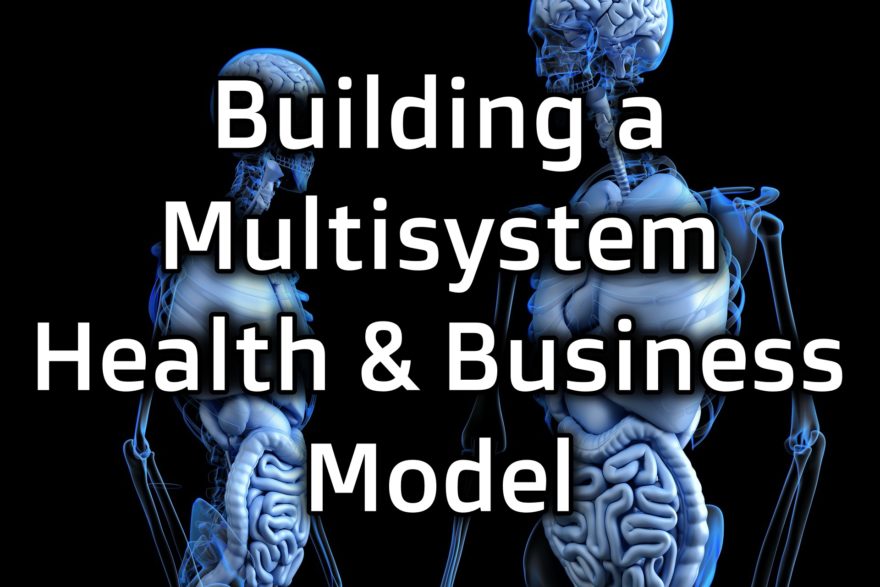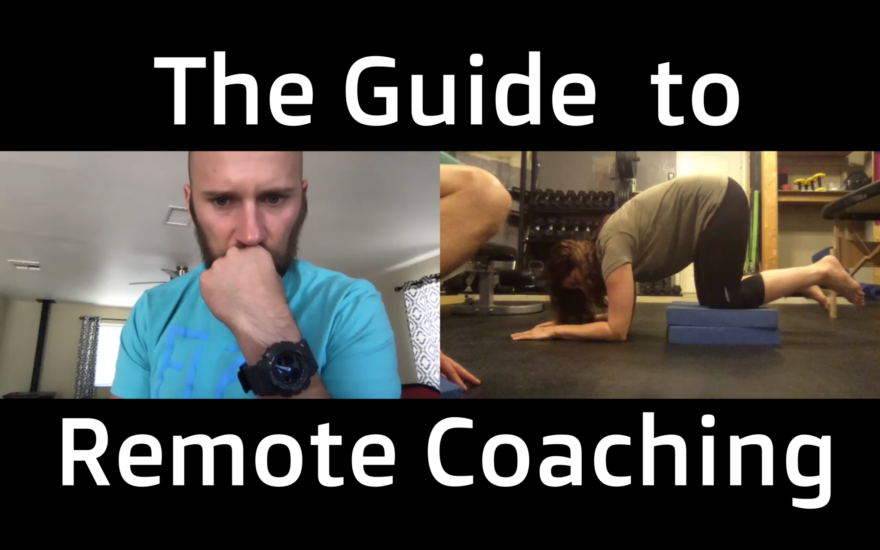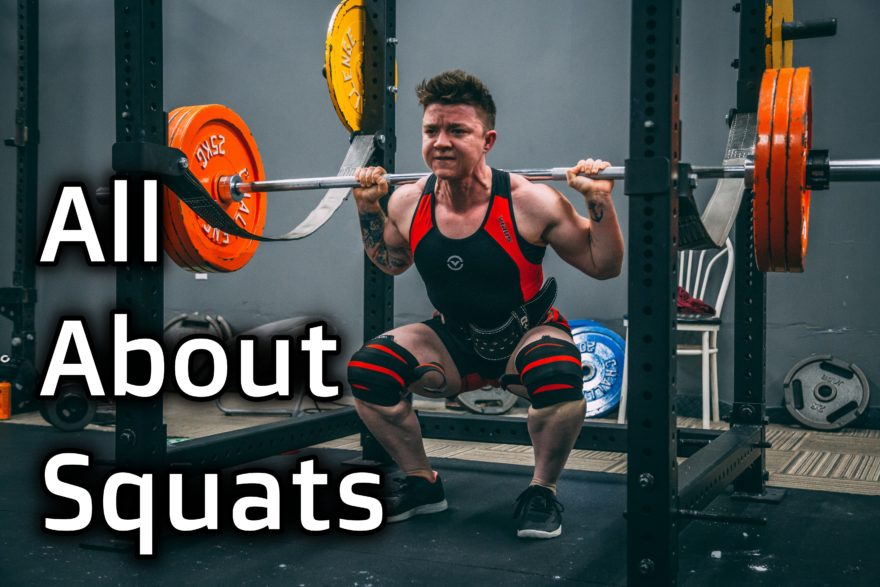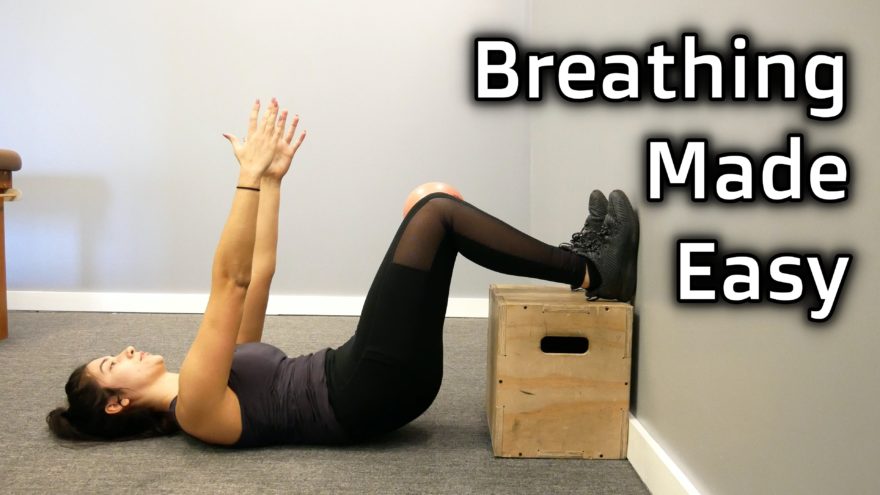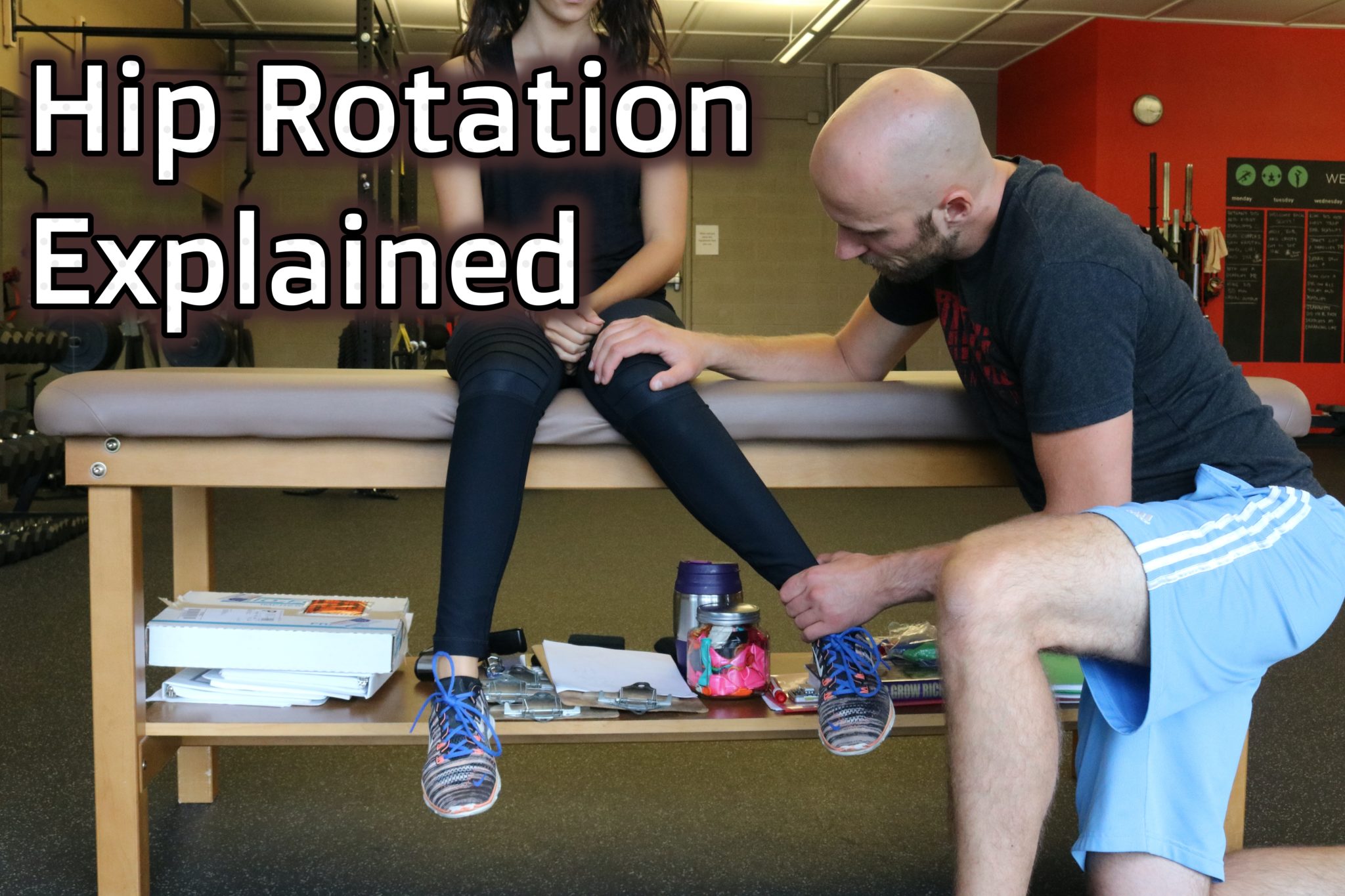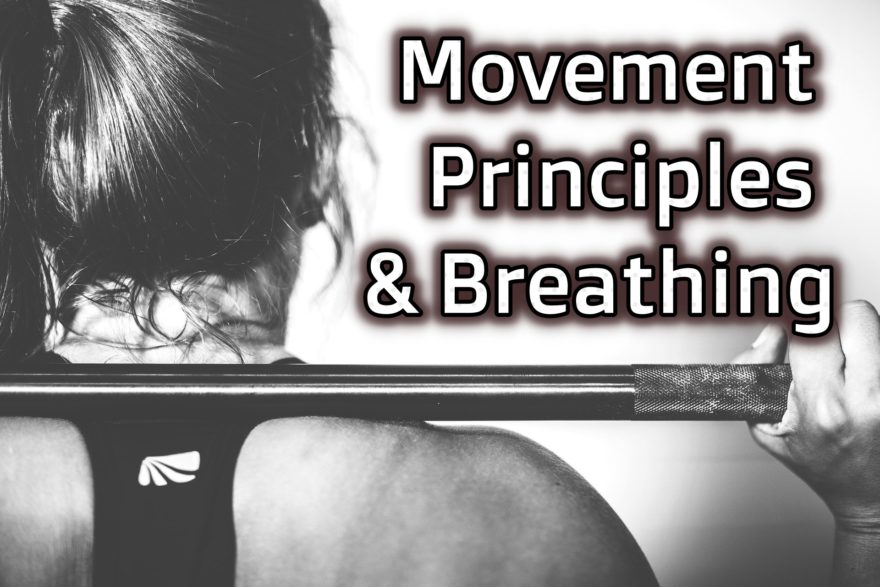What does squatting, breathing, and sleeping all have in common? The answer is airway management. In order to squat well, you have to manipulate your spine in a manner that maximizes vertical pelvic displacement. In order to manipulate spinal position, airflow into the upper back is one factor that can change the way you squat. Breathing is also of utmost importance for sleep. Consider the negative effects of sleep apnea. What if there were activities that could improve both of these areas? In my eyes, these activities center around maximizing breathing mechanics and are the centerpiece discussion in an episode of the Portal PT podcast I was featured in. Check out the setlist below. 1:30 Zac’s Story 6:00 Zac’s Experience with Bill Hartman 12:30 When / Why Did Zac Jump Down The Breathing Biomechanic Rabbit Hole 18:00 Stacking, Diaphragms, Biomechanics, Movement Variability 22:30 Where’s The Breathing Research? Clinical Practice Guidelines 31:00 Squat vs. Hinge 36:30 Pain, Manual Therapy, Blood Flow, and Movement Variability 44:00 Myofunctional Therapy, Upper Airway Resistance, and Sleep 47:00 Zac’s Patient and Their Changes 49:00 Oxygen Advantage & Mouth Taping While Sleeping, Exercise Endurance, Resting Heart Rate 54:00 Dreaming, Sleep Studies, and Quality of Sleep 57:00 Improving Nasal Breathing and Changes in Facial Structure and Musculature 59:00 Proactive Care in Children 1:00:00 What is The Worst Fitness Advice Zac Has Ever Received 1:05:00 What Was Zac’s First Exercise Experience and Was it Good or Bad? 1:07:00 What’s Zac’s Number One Source For Research and Education Info If
Read More

